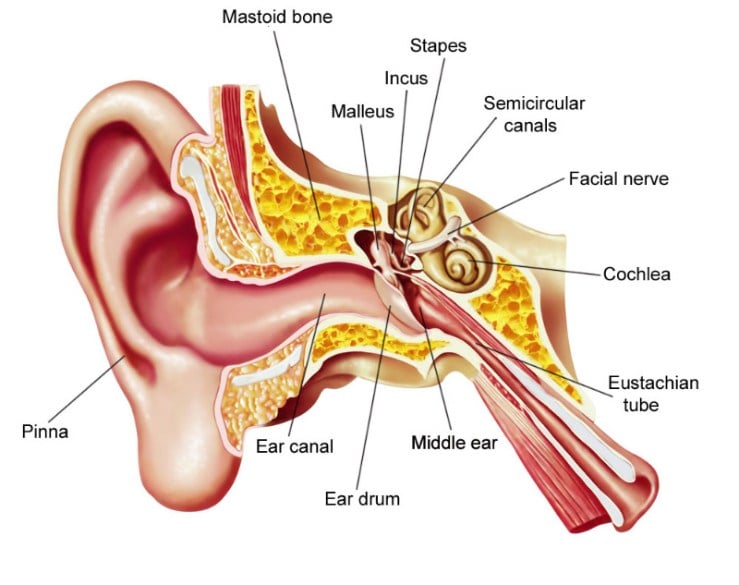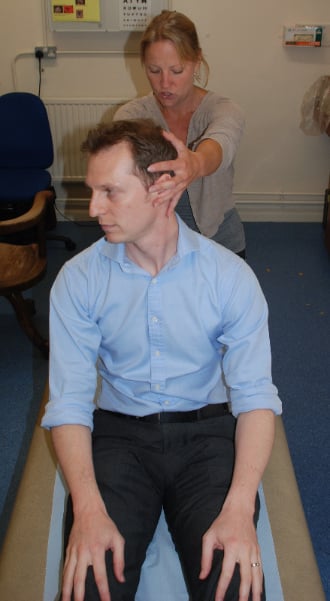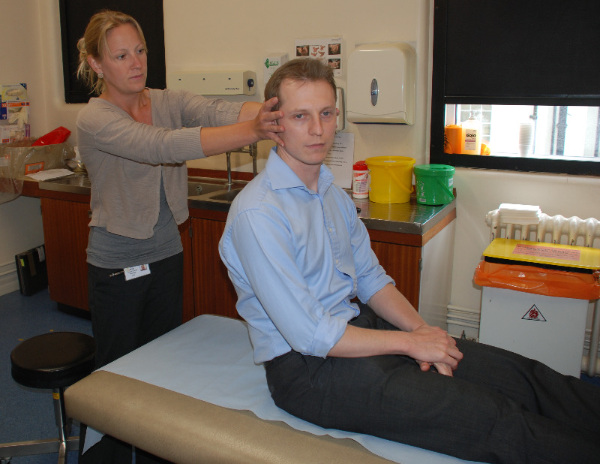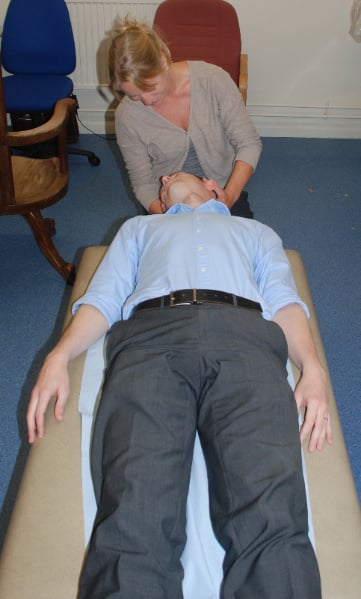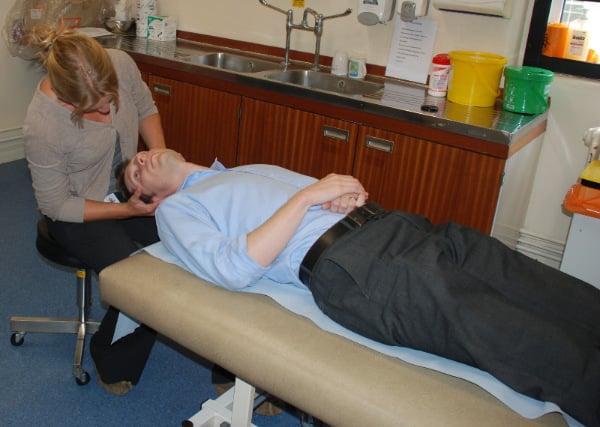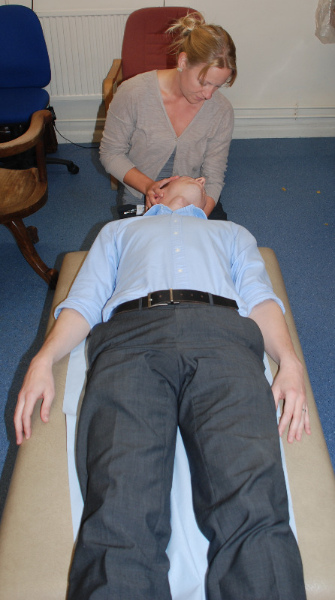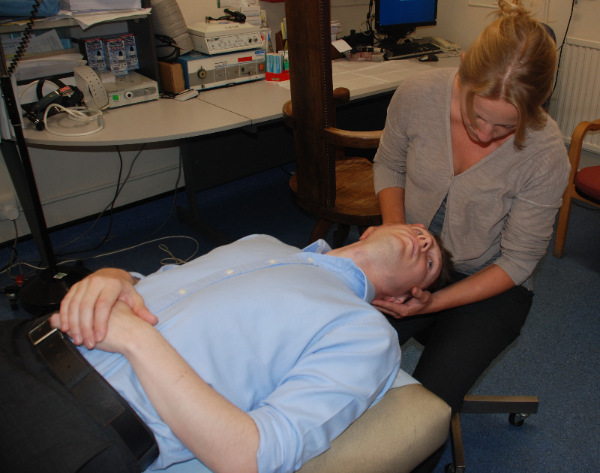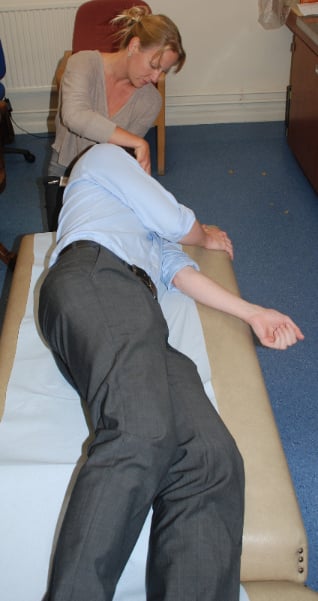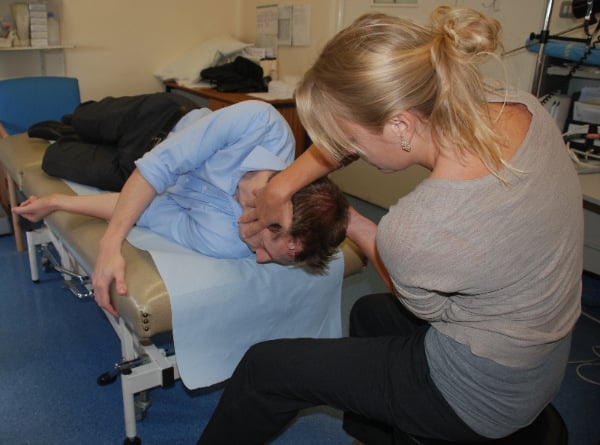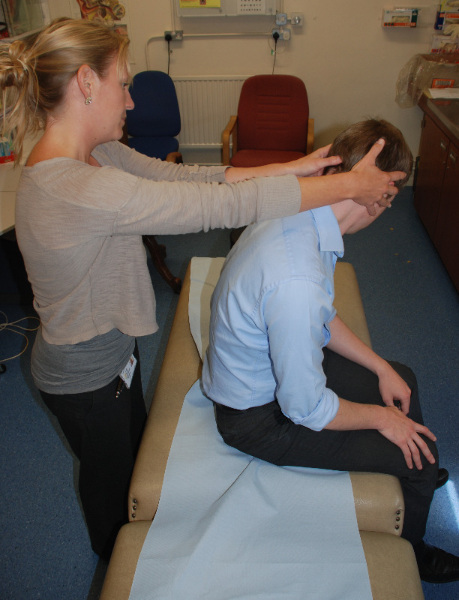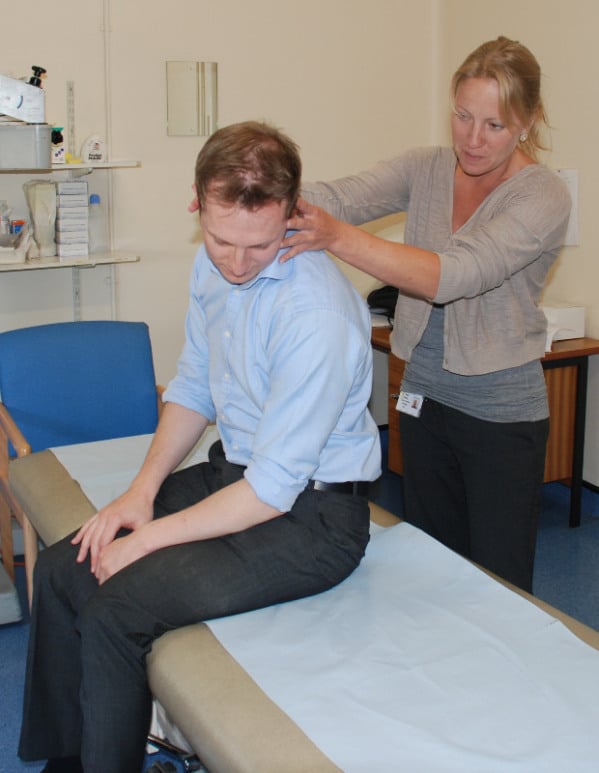BPPVPLEASE NOTE - THIS INFORMATION IS INTENDED FOR GUIDANCE ONLY. IT IS NOT IN ANY WAY A SUBSTITUTE FOR A SPECIALIST CONSULTATION. What is BPPV? BPPV stands for benign paroxysmal positional vertigo. It is a condition caused by small crystals called otoliths, that normally form part of one of the inner ear balance organs called the utricle. Sometimes these can get dislodged, most commonly by a bump on the head (which can be quite minor), or by an attack of labyrinthitis or vestibular neuritis. Generally this causes no problems, but if they find their way into another part of the inner ear balance system, called the posterior semicircular canal, they can cause BPPV. This is because the posterior semicircular canal is one of 3 tubes, almost curved into a full circle and filled with fluid, that detect turning movements of the head. When the head turns in a certain way the fluid in the canal moves a tiny amount, a little like the water in a washing-up bowl sloshes if you move the bowl. This movement of the fluid, which only lasts for a split second, is detected by tiny sensors that tell the brain about the movement of the head. If the crystals are in the canal, when the head moves the crystals are stirred up and then take a few seconds to settle, much like the flakes of "snow" in a snowstorm paperweight. While they are settling they stimulate the tiny sensors, fooling the brain into believing that the head is still moving. This creates a sensation of dizziness, also known as vertigo.
Who gets BPPV? BPPV can affect adults of any age. It is very rare in children. What are the symptoms of BPPV? BPPV causes episodes of spinning dizziness, also known as vertigo. The spinning itself usually only lasts a few seconds. If this is happening a lot, however, it can also lead to a more general feeling of unsteadiness. The dizziness in BPPV tends to be triggered by very characteristic movements of the head. These are one or more of; lying down in bed, rolling over in bed, looking up or looking down. This is because the posterior semicircular canal is the one that detects these particular head movements. Attacks of BPPV may follow a number of patterns. In some patients the symptoms may come for a few days, get better on their own (as the crystals find their own way back out of the posterior semicircular canal) and never return. Some however may get repeated attacks, and for some it is present all the time. How can BPPV be treated? BPPV may get better on its own. However their is a simple and effective treatment to speed up recovery, called the Epley manouvre. This is designed to move the crystals out of the posterior semicircular canal into a part of the inner ear where they don't cause any symptoms. For about 80% of patients this works first time, although others may need it repeating. Unfortunately, even after a successful Epley manoeuvre the symptoms may come back. The good news is that The Epley manoeuvre can always be repeated, and we often teach patients how to do their own Epley manoeuvre at home. The Epley Manoeuvre
Carry out the following sequence of movements, allowing 1 minute between each movement. Each step is shown from 2 different angles for clarity. To help with orientation, the pictures on the left are all taken from the same position, at the foot of the couch. This sequence would be used to treat right sided BPPV. For left sided BPPV, start step 1 with the head turned to the left and then carry out the mirror-image of the movements below.
Step 1 Turn the head 45 degrees to the affected side.
Step 2 Lie back, keeping the head turned and allowing the head to hang back off the end of the couch.
Step 3 Turn the head through 90 degrees so the patient is facing the opposite side.
Step 4 Roll the body on to the side and turn the head through another 90 degrees so the patient is facing the floor.
Step 5 Bring the knees up to the chest, allow the legs to hang off the side of the couch and, keeping the head turned, sit up sideways.
|

